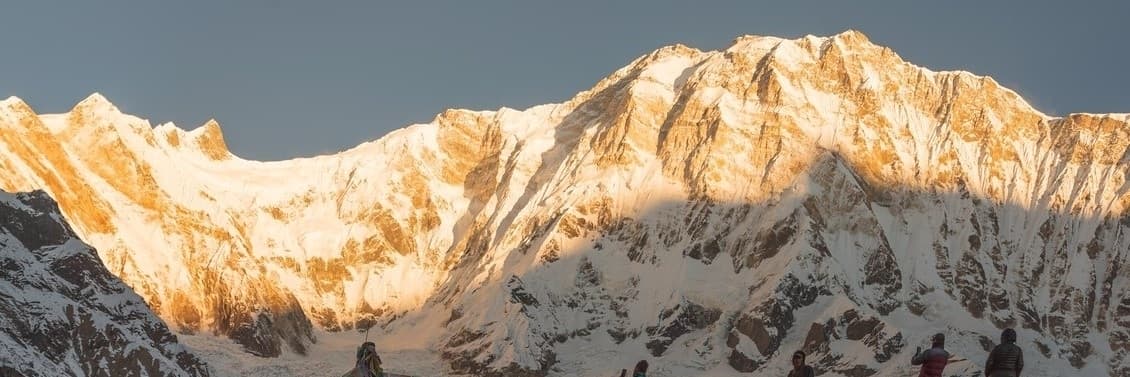
Imagine yourself surrounded by towering snow-capped peaks, picturesque villages, and breathtaking landscapes. Welcome to the Annapurna region, one of the most sought-after destinations for trekking enthusiasts in Nepal. With its diverse terrain, rich cultural heritage, and mesmerizing views, this region offers an unforgettable experience for adventure seekers from around the globe. In this article, we will delve into the various aspects of trekking in the Annapurna region, including the best time to visit, popular trekking routes, and the unique cultural encounters along the way.
The Annapurna region experiences different climatic conditions throughout the year, making it crucial to choose the right time for your trekking adventure. The two primary seasons ideal for trekking are spring (March to May) and autumn (September to November). During spring, the hillsides come alive with vibrant rhododendron blooms, while autumn offers clear skies and panoramic vistas. These seasons provide optimal weather conditions for trekkers to enjoy the breathtaking beauty of the region.
The Annapurna Circuit Trek is a classic trekking route, known for its diversity, stunning landscapes, and cultural encounters. This epic journey takes you through lush green valleys, rugged terrains, and high mountain passes, showcasing the true essence of the Annapurna region. As you traverse the trail, you will witness breathtaking views of snow-capped peaks, including Annapurna I (8,091m) and Dhaulagiri (8,167m). The trek usually takes around 10-20 days, offering an unforgettable adventure of a lifetime.
The Annapurna Base Camp Trek is another popular choice for adventurers seeking to immerse themselves in the beauty of the region. This trek takes you to the base camp of Mount Annapurna, one of the world's highest peaks. The trail winds through terraced fields, dense forests, and traditional Gurung and Magar villages, providing a glimpse into the rich local culture. As you make your way to the base camp, you will be rewarded with awe-inspiring views of Annapurna South (7,219m) and Machapuchare (6,993m). The trek typically lasts for around 7-14 days, depending on your pace and preferences.
For those with limited time or seeking a shorter trek, the Ghorepani Poon Hill Trek is an excellent choice. This relatively easy trek offers a taste of the Annapurna region's magic in just a few days. The trail takes you through dense rhododendron forests, charming villages, and terraced farmland. The highlight of this trek is the ascent to Poon Hill, where you can witness a breathtaking sunrise over the snow-capped Himalayan peaks, including Dhaulagiri and Annapurna. The Ghorepani Poon Hill Trek can be completed in 3-5 days, making it an ideal option for trekkers with limited time.
Trekking in the Annapurna region is not only about the awe-inspiring landscapes but also offers the opportunity to immerse yourself in the rich local culture. Along the trekking routes, you will encounter traditional Gurung, Magar, and Thakali communities, known for their warm hospitality and unique traditions. Take the time to interact with the locals, visit ancient monasteries, and taste local delicacies. You might even have the chance to participate in traditional dance performances and learn about their age-old customs and beliefs. These cultural encounters add a layer of authenticity and make your trekking experience even more memorable.
Trekking in the Annapurna region is a remarkable adventure that combines the thrill of scaling magnificent peaks with the beauty of connecting with nature and immersing yourself in local culture. Whether you choose the challenging Annapurna Circuit Trek, the awe-inspiring Annapurna Base Camp Trek, or the shorter Ghorepani Poon Hill Trek, each step you take will leave you in awe of the mesmerizing vistas and the resilient spirit of the people inhabiting this region. So pack your bags, lace up your boots, and embark on an unforgettable journey through the Annapurna region – a trek of a lifetime awaits you!
"The mountains are calling, and I must go." - John Muir
